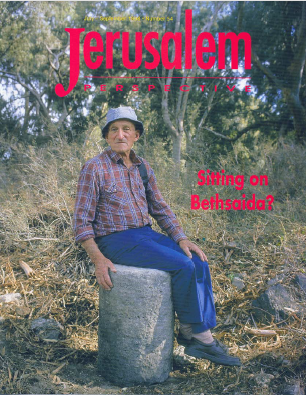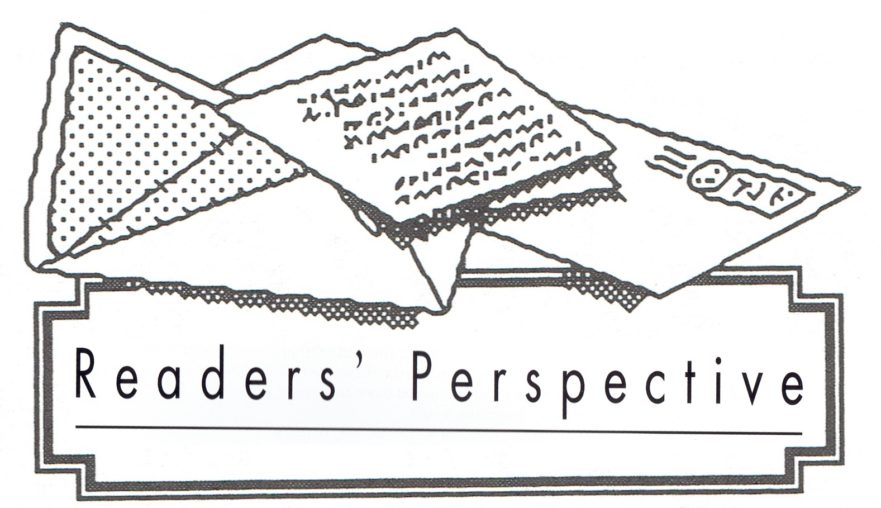Question from Colin Barnes (Brassall, Queensland, Australia) that was published in the “Readers’ Perspective” column of Jerusalem Perspective 54 (Jul.-Sept. 1998): 8.
I enjoyed Mendel Nun’s article, “The ‘Desert’ of Bethsaida.” Would the use of midbar here denote land that is not owned by any individual, and is therefore not ploughed? This would make it akin to the village common of old, where everyone from the village was free to graze their sheep or cow. Jesus would then have been meeting the villagers on “common ground.”
Response Revised: 28-September-2012
David Bivin responds:
Not only is “a pasturing place” one of the meanings of מִדְבָּר (midbar), a word that occurs 271 times in the Hebrew Bible, this meaning is the word’s primary meaning (see Avraham Even-shoshan, Ha-Millon He-Hadash [Jerusalem: Kiryath Sepher, 1972], p. 630). For an example of this usage, note Jeremiah 2:2 (compare Bava Kamma 7:7 in the Mishnah).
Professor Shmuel Safrai has pointed out to me in a private conversation a good example of the use of midbar in the sense of “a pasturing place” or “the common grazing land of a settlement.” In a story found in rabbinic literature (Ecclesiastes Rabbah 1:1 and Song of Songs Rabbah 1:4), a poor Hasid, Hanina ben Dosa, so poor he has nothing to take as an offering to the Temple in Jerusalem, goes out to the midbar of his village, מדברה של עירו (midbarah shel iro), the lands in public domain, or the “village common” suggested above by Colin Barnes, to search for a stone that he can dress and take to Jerusalem as his offering. For details of the story, see Shmuel Safrai, “Jesus and the Hasidim,” Jerusalem Perspective 42, 43 & 44 (Jan.-Jun. 1994): 15. The events described in this story took place before 66 C.E. while the Temple was still standing.
































































































